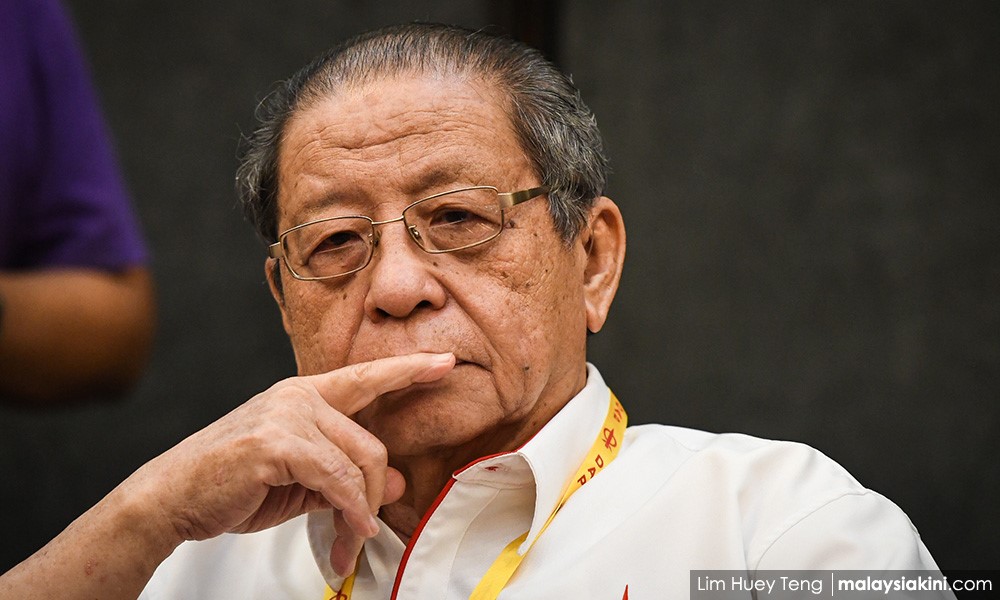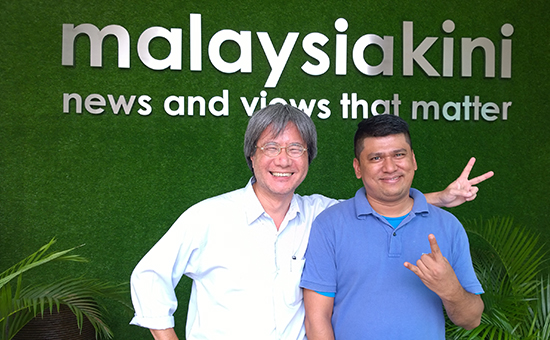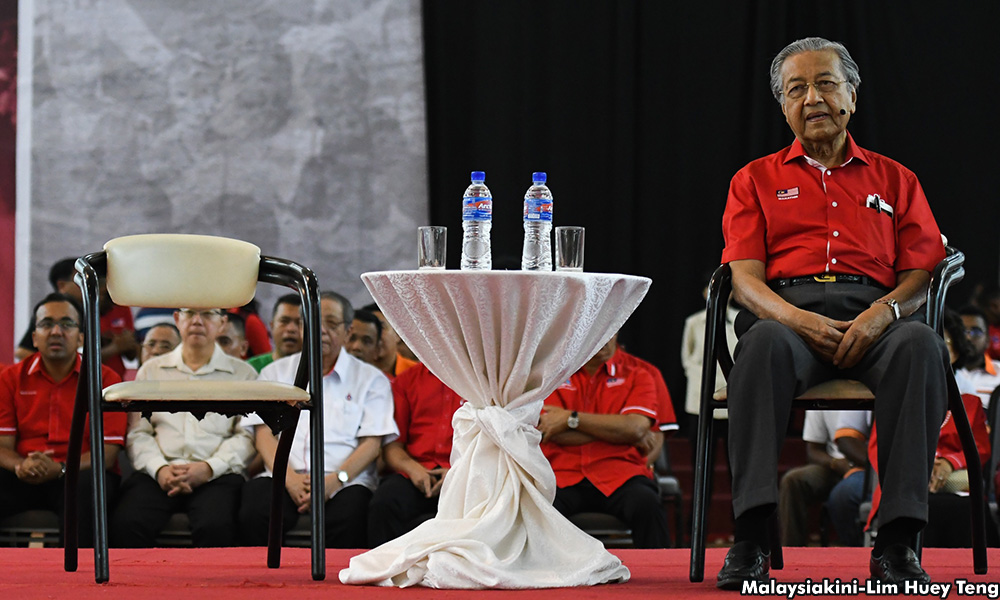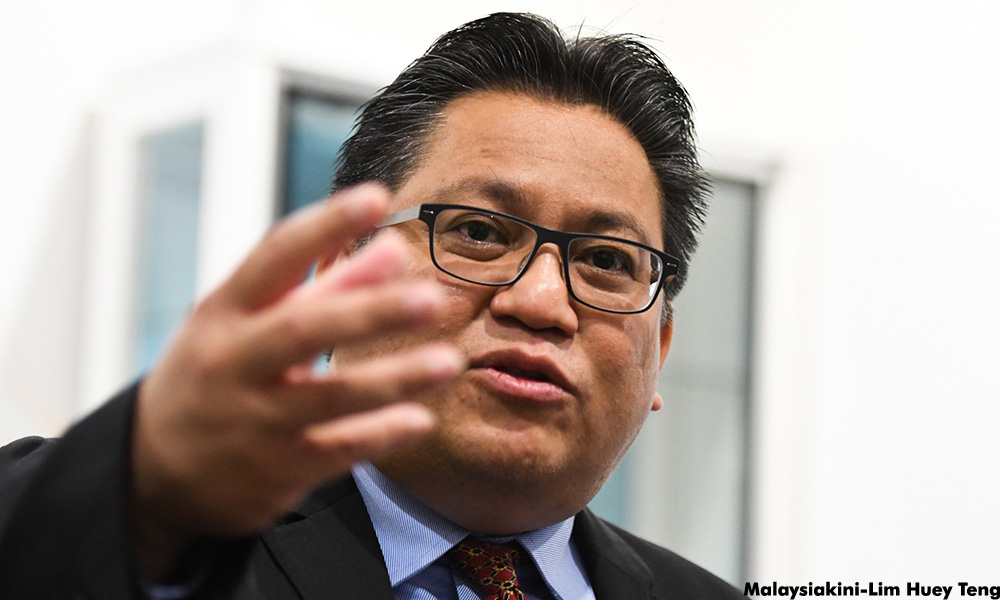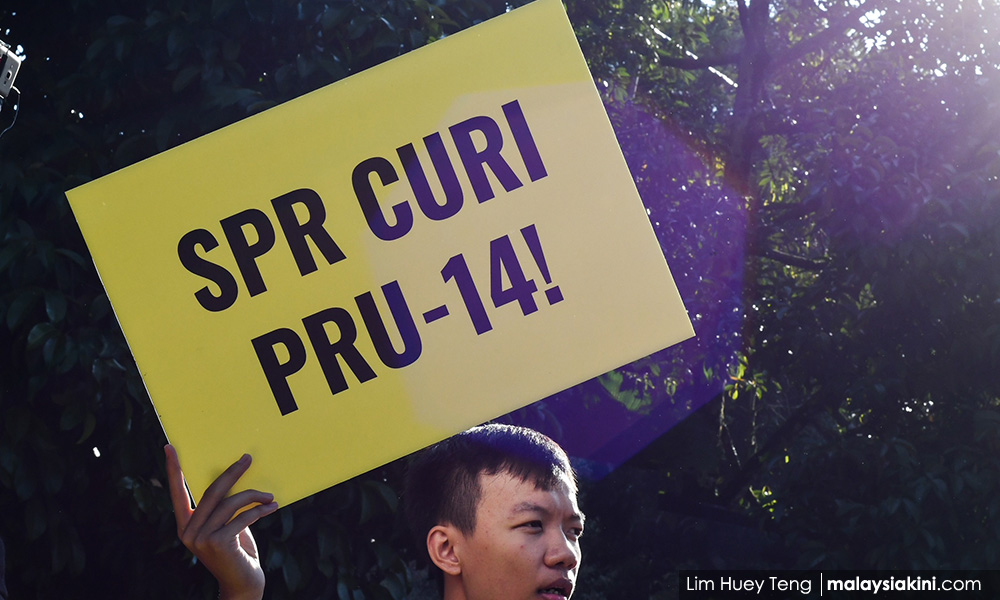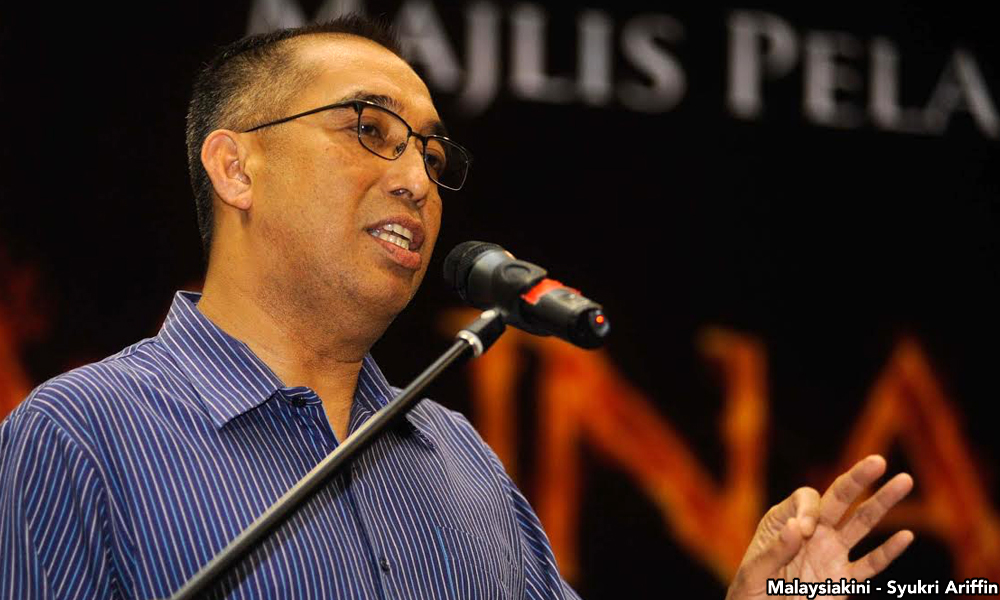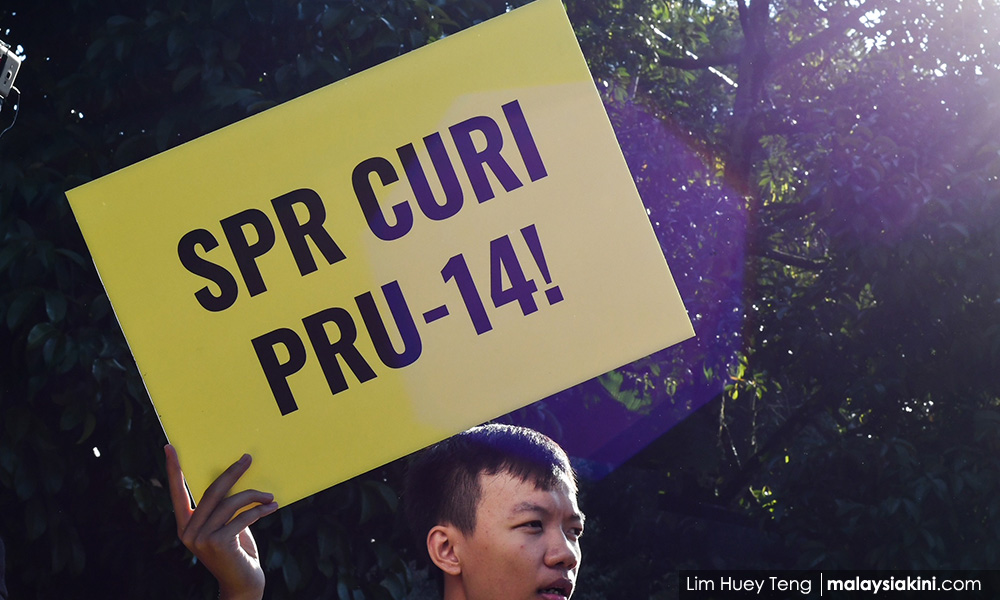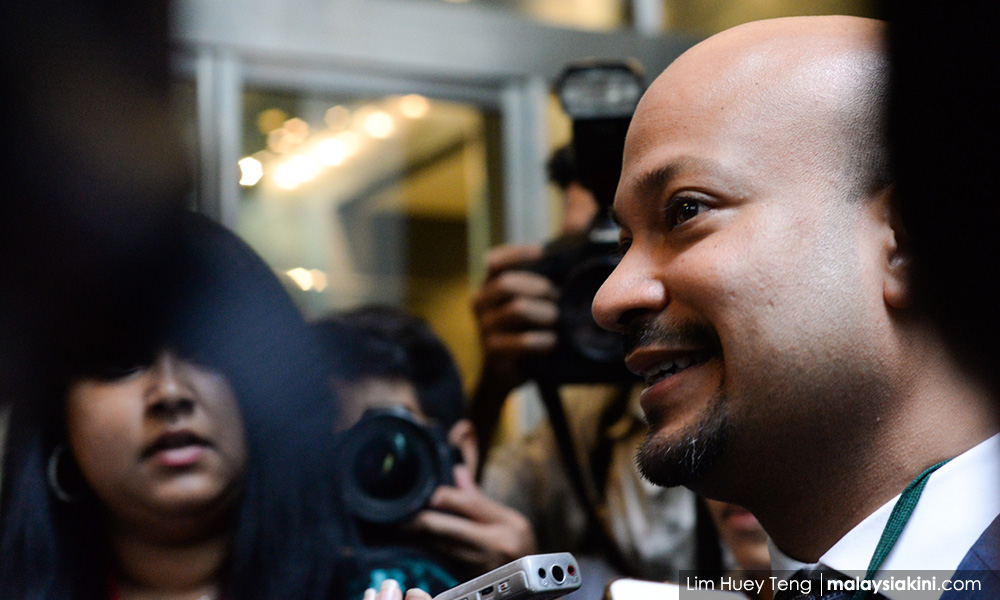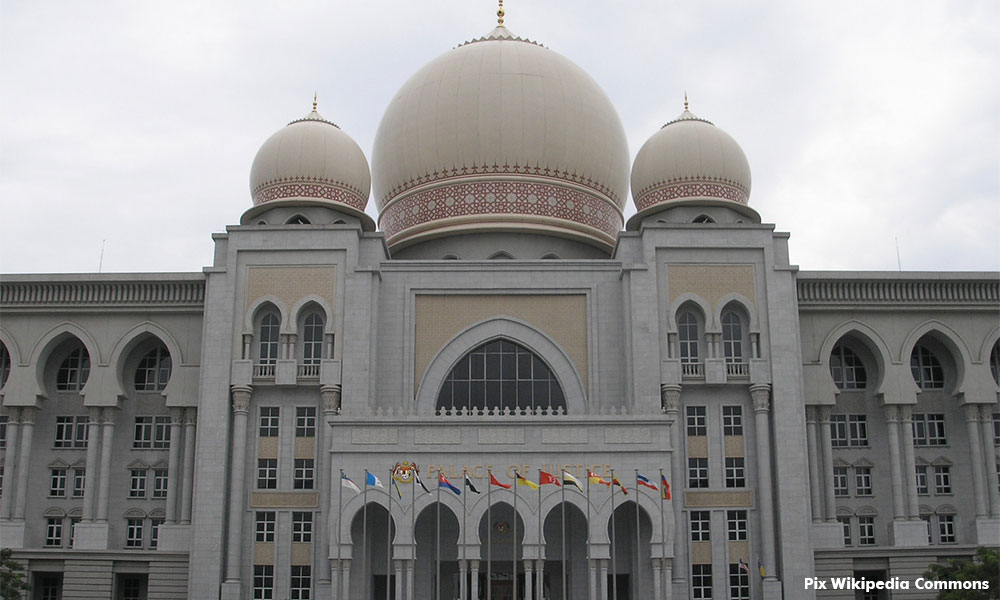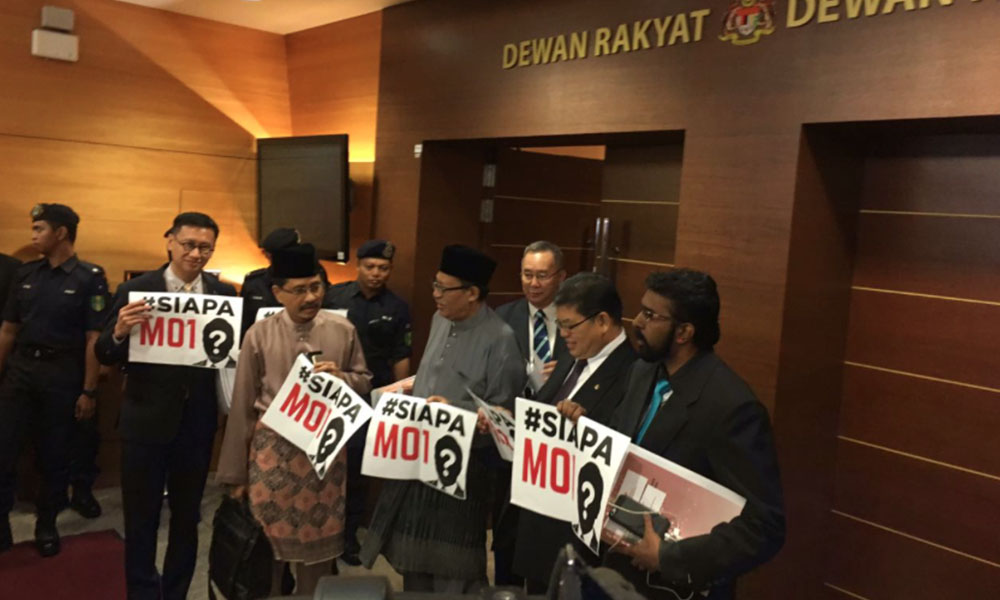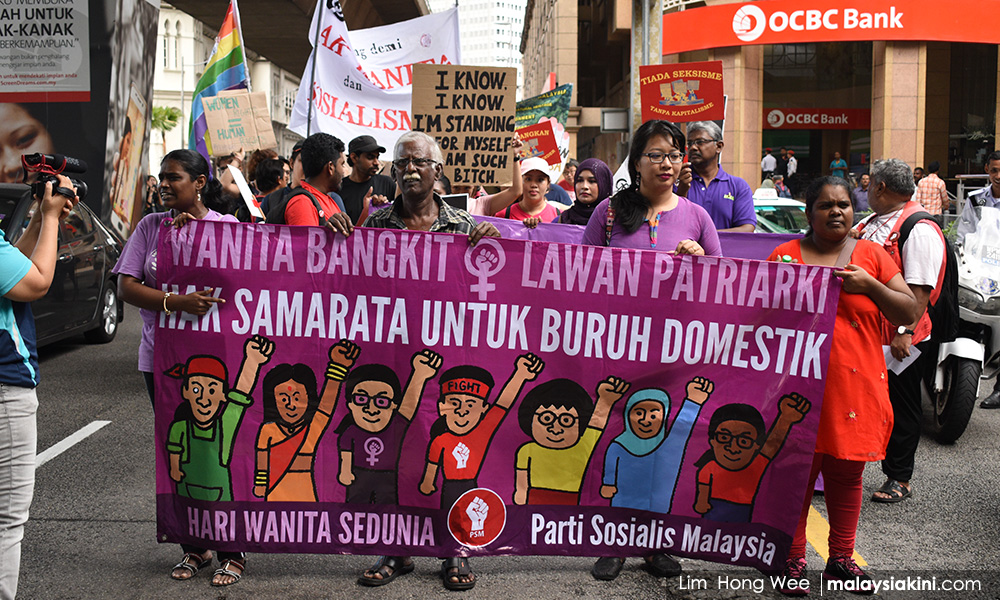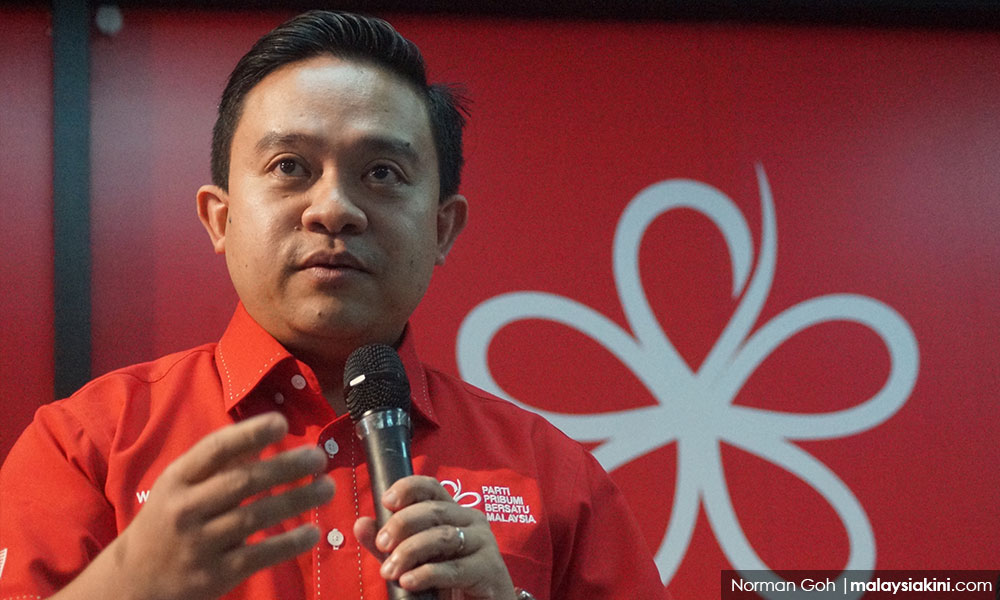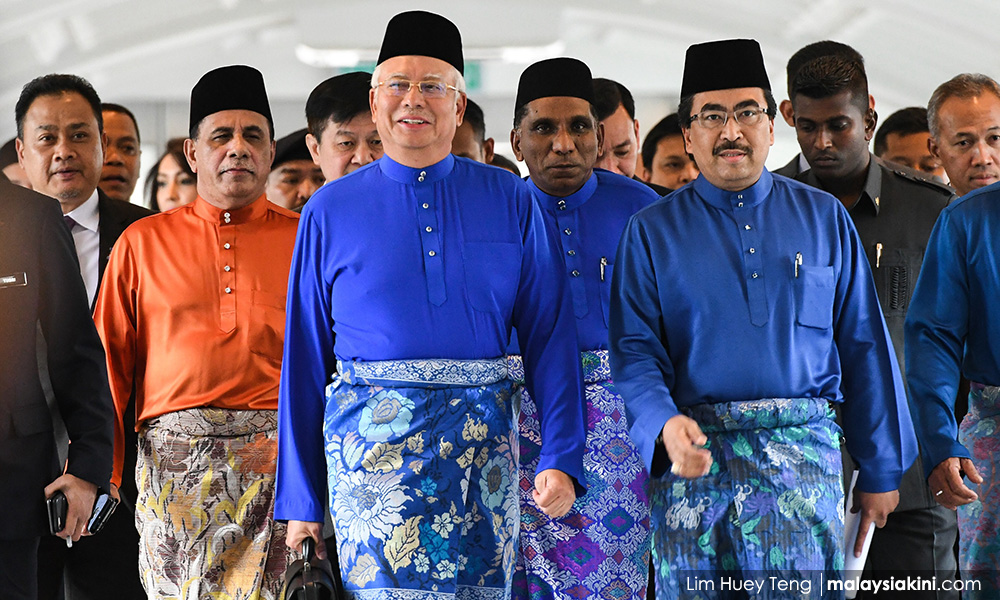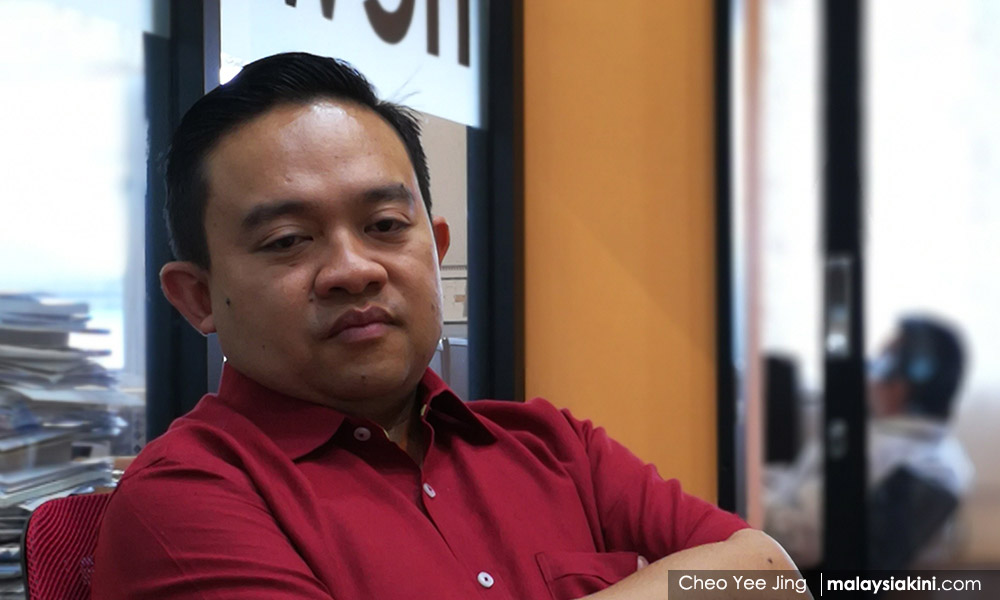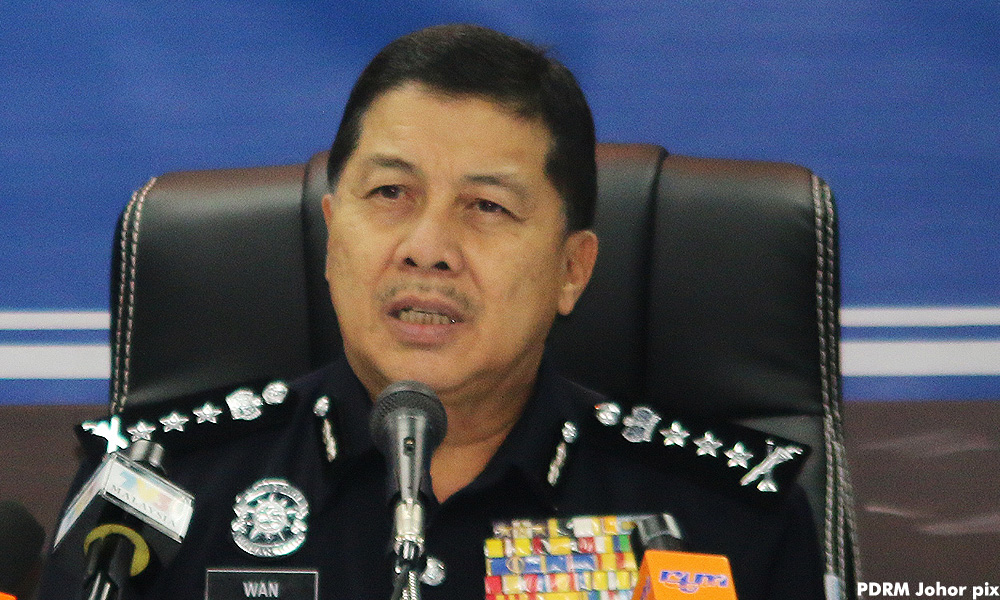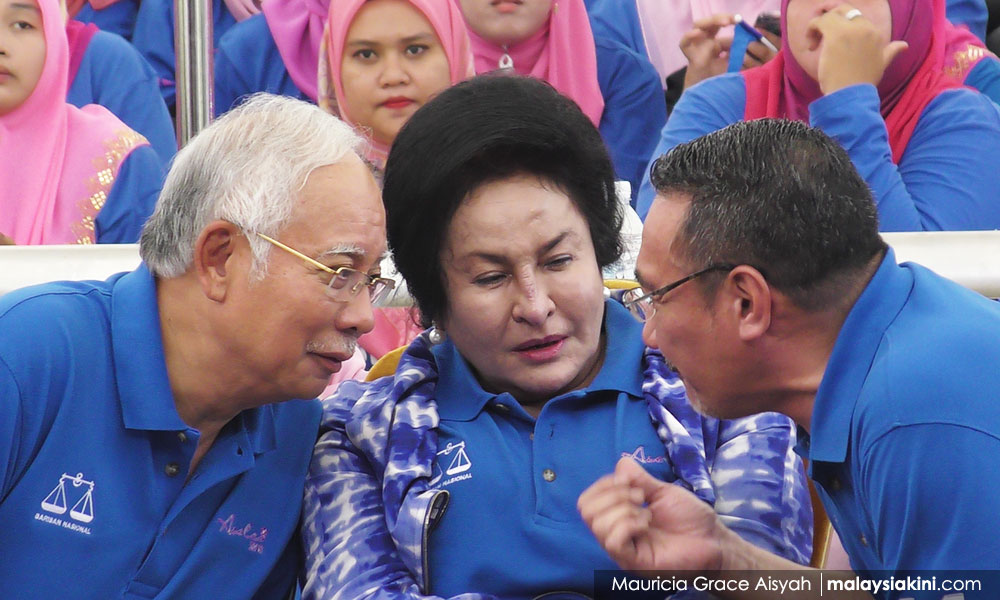COMMENT Having been part of the mother tongue education movement for most of my adult life, allow me to offer a blueprint for national integration which should be a reasonable compromise for all parties in the coming 13th general elections.
First, as Malaysians we should be proud that we have mother tongue education systems in our country that have been nurtured since pre-British colonial times.
The first Chinese school in the peninsula was established in 1819, nearly 200 years ago.
The Tamil schools have also had nearly 150 years’ history. It is not true that the British colonial power built different schools to keep the Malayan people apart.
All mother tongue schools, including Malay schools, were neglected during the British colonial period.
 It was the far-sighted pioneers in the respective communities during those early days who built the schools in order to ensure their children received their respective mother tongue education.
It was the far-sighted pioneers in the respective communities during those early days who built the schools in order to ensure their children received their respective mother tongue education.
Thus, our various ethnic communities should be congratulated for nurturing their mother tongue education all these years despite the colonial neglect.
During the pre-Independence days, there was mutual encouragement among the Malay, Chinese and Tamil education groups.
Thus, the Chinese education leader Lim Lian Geok encouraged the Malay-language lobby to develop Malay-language education beyond primary level during the pre-Independence days.
At Independence, we already had 1,350 Chinese primary schools, 78 Chinese secondary schools and more than 800 Tamil primary schools in the national education system.
Today, there are only 1,280 Chinese primary schools, 60 Independent Chinese secondary schools and 550 Tamil primary schools.
There is no racial discrimination in these schools. Thus there are some 80,000 non-Chinese students in the Chinese schools at both primary and secondary levels despite the fact that their numbers are not allowed to increase.
Nevertheless, since Independence the Chinese and Tamil school lobbies have grown to distrust Umno’s attempts to change the character of these schools while refusing to allow any further increase in their numbers.
The mother tongue education lobbies have doggedly defended their schools against attempts to convert them to English-medium and later into Malay-medium schools.
The statistics speak for themselves and the controversies at practically every general election reflect the politics of race and assimilation in this country.
Those who do not comprehend the suspicions by the Chinese and Tamil school lobbies of Umno’s agenda should read the protean saga I have written in “The Chinese Schools of Malaysia” (New Era College 2008).
The lesson to be learnt from the acrimonious controversies of the last 55 years is that Umno’s attempts to assimilate these mother tongue schools are bound to fail because the Chinese and Tamil communities will defend their schools tooth and nail.
Silos? I’ll give you silos!
The arguments against the existence of Chinese and Tamil schools are always the same, namely that they do not promote national integration.
The most recent apologist for the government even refers to Chinese and Tamil schools as “silos” despite the fact that more and more Malays are enrolling in Chinese schools.
This is sheer hypocrisy when we do not hear the same strident condemnation of the racist (“bumiputeras Only”) enrolment policy at UiTM even though this tertiary education institution is paid for by all Malaysian taxpayers!
And what about the entire civil and armed forces in the country? Aren’t they not silos of Malay concentration? Take the Education Ministry itself.
When we have had occasion to dialogue with the ministry, the representatives of the ministry from top to bottom are overwhelmingly Malay.
There is not even any effort to have token non-Malays! Tell us about silos! And please don’t say it is because the non-Malays are not interested in education.
We have often heard the lame reasons for why non-Malays are not joining the civil and armed services. Look at the statistics for the civil and armed services at the time of Independence and tell us again that the Chinese and the Indians are not interested in joining the civil and armed services.
I happen to be researching for my next book on Malaysia’s Energy Policy and this will give young Malaysians and outsiders an idea why the Malaysian civil and armed services have become Malay silos:
“Towards the end of 1973 Raja Zainal…sought permission to retire as general manager (of NEB)…In terms of seniority and qualifications those in line for the succession were Chan Khee Pok and Wong Kin Hong respectively.
But in the political atmosphere of the hour it was deemed that the top executive post of such a vital organization as the NEB was in the economic life of the nation must remain in Malay hands.
This was to ensure, no doubt, that the intent and purpose of the New Economic Policy was adhered to in the closest possible manner by the Board.
So Raja Zainal had to stay on until the delicate negotiations, which were necessary to supersede Chan and Wong by the most qualified senior Malay executive within the board, Abu Zarim, could take place…” (Muzaffar Tate: “Power Builds the Nation, Vol. II, TNB Kuala Lumpur 1991: 199)
The New Economic Policy was applied across the board in every branch of the civil and armed services from 1971 onwards and that was the making of the civil and armed services into Malay silos as the non-Malays became demoralised and disaffected by the blatant racial discrimination.
Need for great big melting pot?
I have argued against the inconsistent arguments of the “melting pot theorists” elsewhere (See my “Malaysian Cultural Policy & Democracy“, Huazi 1990). On the other hand, I have greater respect for the democrats who genuinely hope for greater contact among children of the different ethnic communities as they are growing up.
A historic compromise?
Allow me therefore to suggest a compromise which could serve as a blueprint for future education policy in Malaysia.
The mother tongue lobby should seriously consider this compromise as well:
1. Local government elections:
This is certainly a GE13 demand by Malaysian civil society. Once we have got a democratically elected local council, education should be decentralised – schools would be built according to the needs of the communities.
Thus, education will no longer be politicised and made into a racial issue. If a community requires a Chinese school in Petaling Jaya or Kajang or Kuantan or Johor Baru, the local council has to build them based on that need.
The same goes for the other communities. We now have the interesting case of Malaysians who say their mother tongue at home is English. Why not indeed! I do not see any problem with providing them with English-medium schools.
2. Shared state-of-the-art Facilities
Next, education precincts should be earmarked for new Malay-medium, Chinese-medium and Tamil-medium schools (even English-medium if there is a demand from families whose mother tongue is English).
These precincts would have parks and sport fields, theatres, ICT centres, libraries, gymnasiums, and other excellent facilities which are to be shared by students from all the schools in the precinct.
Besides allowing for opportunities to integrate, it will ensure greater equality among the schools in terms of quality of schools, facilities and financial allocations.
The Chinese and Tamil schools will have no reason to complain of being discriminated against when they receive proportionate government assistance. Efforts should be made to ensure that existing schools have similar shared facilities and opportunities.
3. Opportunities for contact
Thus, not only will students from all the various streams have the opportunity to mix and mingle, they can take part in joint cultural performances, quiz, elocution and debating competitions, societies and sports meets. This will not only promote integration but also enhance quality and standards of all schools.
4. Different concept from Vision Schools
This concept is qualitatively different from the government’s Vision School concept because the various schools in the Education Precinct are run in the way they have traditionally been run, i.e. autonomously.
The only difference is that the schools are completely catered for by the government, including financial allocation. This goes for the secondary schools as well and all secondary school students should enjoy the same free education.
I believe this is the best compromise for the whole nation and we should see the beginning of a new era of cultural understanding in Malaysian education and society.
KUA KIA SOONG has retired as director of Suaram, and was a former Member of Parliament and former principal of New Era College, Kajang. He can be contacted at [email protected]


